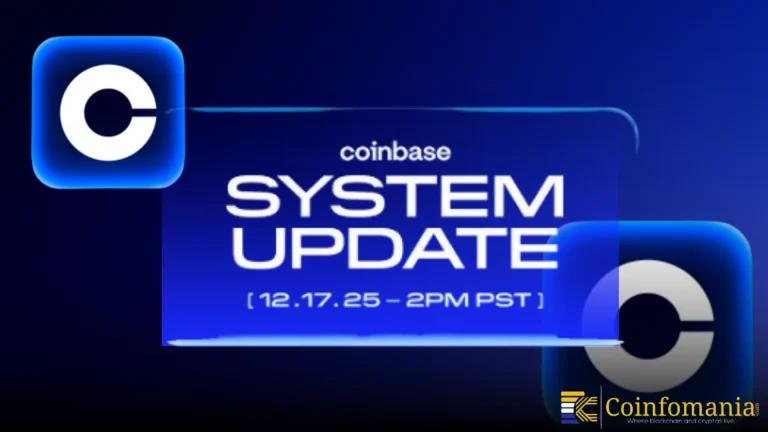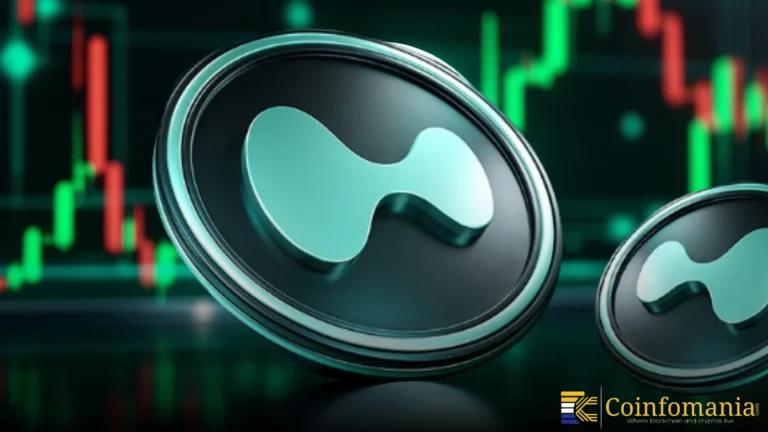Solana’s 2025 Surge: Institutional Tie‑Ups, Network Upgrades & L2 Momentum
Solana’s 2025 rise combines major institutional deals, Alpenglow latency cuts, $55M L2 presale and unified blockspace upgrades in a unique ecosystem surge.

Quick Take
Summary is AI generated, newsroom reviewed.
Major banks tokenizing assets with Solana via R3
$5B credit line boosts SOL treasury holdings
Alpenglow & Mithril accelerate network performance
Solaxy’s $55M presale aims to reduce congestion
Institutional Adoption Positions Solana as a Financial Infrastructure Leader
Solana is rapidly emerging as a serious contender in institutional blockchain adoption. In 2025, leading financial institutions such as HSBC and Bank of America have initiated blockchain integrations using Solana’s network for tokenizing assets like bonds and stocks. These developments follow a formal collaboration between the Solana Foundation and R3, a global leader in enterprise blockchain solutions. Their partnership is built to deliver regulated on-chain financial instruments without compromising scalability. Additionally, one major DeFi protocol has secured a $5 billion credit line to expand its SOL holdings, a clear sign of rising confidence in Solana’s long-term viability. As SOL holds a key support level around $140, analysts expect a move toward the $200 resistance if adoption momentum continues.
Layer-2 Projects and New Protocols Strengthen Solana’s Technical Edge
On the technical front, Solana has unveiled several innovations that position it for long-term scalability. A new protocol called Alpenglow is delivering faster finality and dramatically lower latency across the network, improving the overall user experience. Complementing this is the launch of Mithril, a lightweight node client allowing full node participation even on low-spec devices. These improvements are designed to boost decentralization without sacrificing performance. Meanwhile, the Layer-2 ecosystem on Solana is gaining steam, with projects like Solaxy raising over $50 million ahead of launch. The purpose is clear: reduce congestion and offer faster throughput for dApps while maintaining Solana’s signature speed.
Unified Blockspace Strategy Sets Solana Apart from Competing Networks
Unlike Ethereum’s fragmented rollup approach, Solana’s architecture relies on a unified blockspace design. This enables application-specific execution environments to operate directly on Layer-1 without isolating liquidity. Developers can customize logic without giving up the benefits of composability, which is critical for both DeFi and real-world applications. This architecture allows institutions and startups alike to build seamlessly without fragmenting the network. As blockchain adoption accelerates, Solana’s combination of institutional partnerships, technical innovation, and a unified ecosystem strategy may prove to be a defining advantage in the next era of decentralized infrastructure.
Follow us on Google News
Get the latest crypto insights and updates.
Related Posts

Coinbase Signals Major Global System Update With Simultaneous Worldwide Launch
Triparna Baishnab
Author

Hyperliquid Faces Defining Moment as Governance Vote Targets Massive HYPE Token Burn
Triparna Baishnab
Author

Whale Capitulation Hits ASTER as Large Holder Locks in $667K Loss
Triparna Baishnab
Author